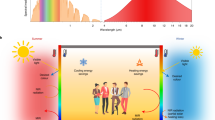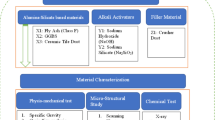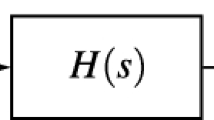Abstract
MAY I suggest a distinct, if not an alternative cause for Prof. E. B. Poulton's soot figures in NATURE, April 27th? The ceiling plaster is very porous, except where it is in contact with the joists, etc. At such points very little deposit occurs compared with the spaces where the hot air is vigorously diffusing through into the cold space above. I suggest this because I am very familiar with a large ceiling where the rafters are thus picked out in light shades. Even the laths are picked out, but less distinctly. The main bolts likewise show dark, as in Prof. Poulton's sketch, as if there were an air-space by them. There is no perceptible difference in the figures near the central chandelier from those in the corners remotest from heating causes. The bombarding pattern is often very well shown where super-heated water pipes run along a white-washed wall. The effect of every little break, even a nail in the wall, is most striking.
This is a preview of subscription content, access via your institution
Access options
Subscribe to this journal
Receive 51 print issues and online access
$199.00 per year
only $3.90 per issue
Buy this article
- Purchase on SpringerLink
- Instant access to full article PDF
Prices may be subject to local taxes which are calculated during checkout
Similar content being viewed by others
Rights and permissions
About this article
Cite this article
CLARK, J. Soot-figures on Ceilings. Nature 48, 77 (1893). https://doi.org/10.1038/048077d0
Issue date:
DOI: https://doi.org/10.1038/048077d0



